Home>Articles>How To Tell If A First Alert Carbon Monoxide Detector Is Working
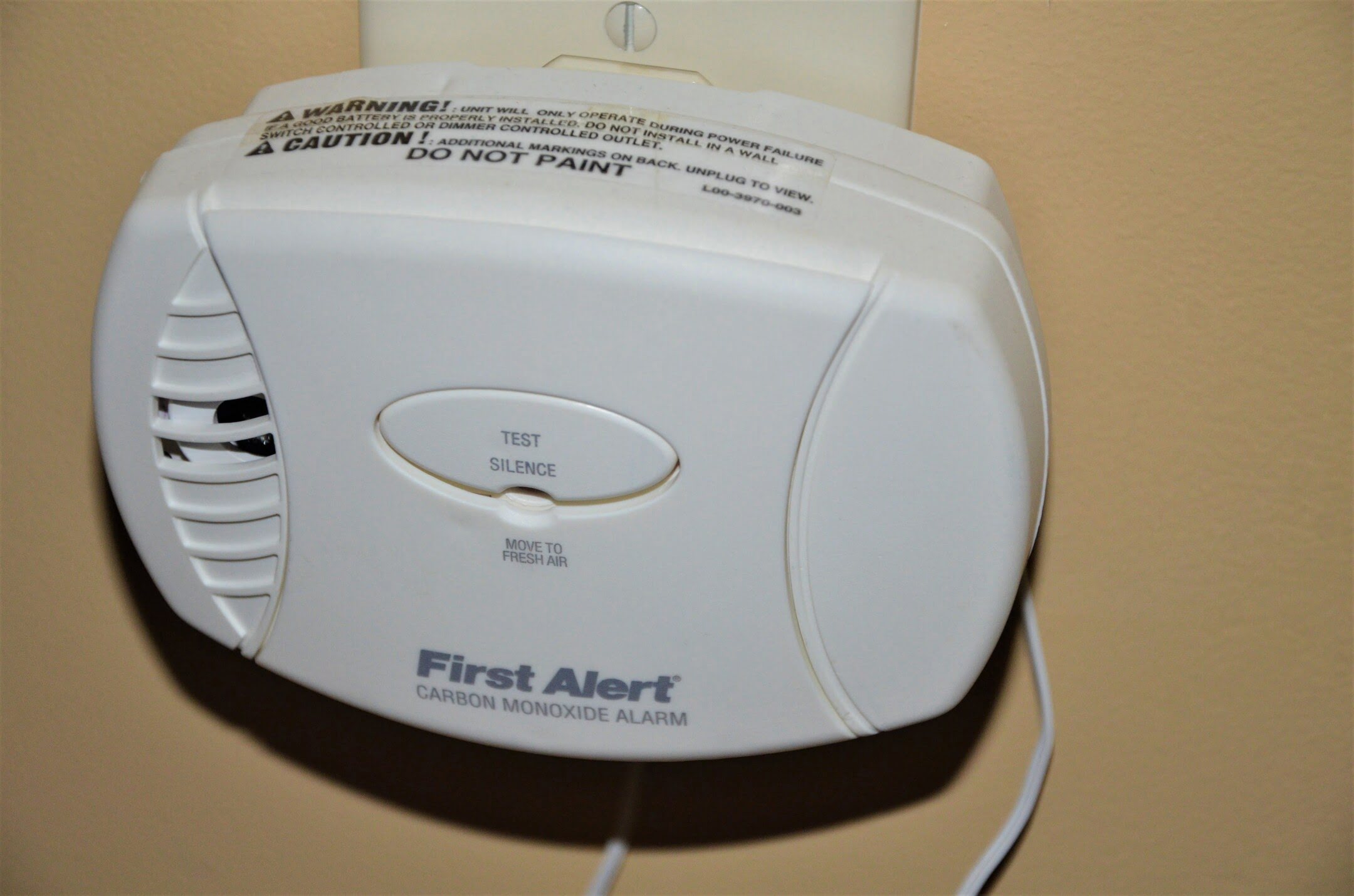

Articles
How To Tell If A First Alert Carbon Monoxide Detector Is Working
Modified: August 22, 2024
Learn how to determine if your First Alert carbon monoxide detector is functioning properly with this informative article. Stay safe and protect your home!
(Many of the links in this article redirect to a specific reviewed product. Your purchase of these products through affiliate links helps to generate commission for Storables.com, at no extra cost. Learn more)
Introduction
Welcome to our comprehensive guide on how to tell if a First Alert Carbon Monoxide Detector is working. Carbon monoxide (CO) is a silent and deadly gas that can be produced by various sources, such as faulty heating systems, blocked chimney flues, or malfunctioning appliances. Since carbon monoxide is odorless and colorless, it can be difficult to detect without the help of a carbon monoxide detector.
A First Alert Carbon Monoxide Detector is a vital device that can alert you when dangerous levels of carbon monoxide are present in your home, providing you with the peace of mind and protection you need. However, like any electronic device, it is important to ensure that your carbon monoxide detector is functioning correctly to keep your household safe.
In this article, we will walk you through the process of understanding carbon monoxide detectors and how to identify signs of a malfunctioning First Alert Carbon Monoxide Detector. We will also provide step-by-step instructions on how to test your detector and ensure its proper functioning.
Stay tuned to learn all about Carbon Monoxide Detectors, First Alert models, and how to keep your home safe from this silent killer.
Key Takeaways:
- Regularly test and maintain your First Alert Carbon Monoxide Detector to ensure it’s working properly and protecting your home from the dangers of carbon monoxide poisoning.
- Stay vigilant for signs of a malfunctioning First Alert Carbon Monoxide Detector, such as false alarms or expired sensors, and take immediate action to address any issues.
Understanding Carbon Monoxide Detectors
Carbon monoxide detectors are devices designed to detect and alert you to the presence of carbon monoxide gas in your home. They are an essential safety measure to protect you and your family from the dangers of carbon monoxide poisoning. Understanding how carbon monoxide detectors work and the different types available can help you make informed decisions about your safety.
Carbon monoxide detectors operate using one of two technologies: biomimetic sensors or electrochemical sensors. Biomimetic sensors mimic the way hemoglobin in the human body reacts to carbon monoxide. When carbon monoxide binds to the sensor, it produces a color change that triggers an alarm. Electrochemical sensors, on the other hand, use an electrode to generate a current when carbon monoxide comes into contact with it. This change in current level activates the alarm system.
There are two common types of carbon monoxide detectors: battery-operated and hardwired. Battery-operated detectors are portable and can be placed anywhere in your home. They are often chosen for their ease of installation and can provide protection even during power outages. Hardwired detectors are connected to your home’s electrical system and typically have battery backups. They offer continuous monitoring and are interconnected, so when one detects carbon monoxide, all alarms in the system will sound.
First Alert is a reputable brand that offers a wide range of carbon monoxide detectors. Their models come with various features, including digital displays, voice alarms, and even wireless connectivity to notify you remotely in case of an emergency. Familiarize yourself with the specific model you own to better understand its functionality and features.
Remember that carbon monoxide is produced by incomplete combustion of fuels such as gas, oil, or wood. This can occur in malfunctioning furnaces, water heaters, stoves, or any fuel-burning device. It is crucial to have carbon monoxide detectors installed in the right locations throughout your home. Place them near bedrooms, living areas, and any rooms with fuel-burning appliances.
Now that you have a basic understanding of carbon monoxide detectors, let’s move on to identifying signs of a malfunctioning First Alert Carbon Monoxide Detector. Remember, regular maintenance and testing are key to ensuring your detector functions properly and keeps you safe from carbon monoxide poisoning.
Signs of a Malfunctioning First Alert Carbon Monoxide Detector
While First Alert Carbon Monoxide Detectors are designed to be reliable and accurate, like any electronic device, they can experience malfunctions over time. It is crucial to be aware of the signs that indicate your detector may not be working correctly. Here are some common signs of a malfunctioning First Alert Carbon Monoxide Detector:
- Frequent false alarms: If your carbon monoxide detector repeatedly goes off without any apparent source of carbon monoxide, it could indicate a malfunction. Test the alarm as per the manufacturer’s instructions to rule out false alarms.
- No alarm activation during a known carbon monoxide leak: If you experience symptoms of carbon monoxide poisoning or detect the gas through other means, but your First Alert Carbon Monoxide Detector fails to activate, it may be malfunctioning. Take immediate action to ensure your safety and consult the manufacturer or a professional for assistance.
- Expired sensors: Carbon monoxide detectors have a lifespan, typically ranging from 5 to 10 years, depending on the model. If your detector is past its expiration date, the sensors may become less reliable and accurate. Check the expiration date on your device and replace it if necessary.
- Malfunctioning digital display: If your First Alert Carbon Monoxide Detector features a digital display, monitor it regularly. If the display shows unusual characters, random numbers, or does not function at all, there may be a problem with the device.
- Continuous beeping: If your detector emits a constant beeping sound, it could indicate a low battery or a malfunction. Replace the batteries first and see if the beeping stops. If it continues, consult the user manual or contact the manufacturer for further assistance.
- Disconnected or faulty wiring: Inspect the wiring connections of your First Alert Carbon Monoxide Detector. Loose or disconnected wires can prevent the device from functioning correctly. Additionally, damaged or frayed wires may require professional repair or replacement.
Keep in mind that these signs may not always indicate a malfunction, as some situations, such as low batteries or temporary electrical disruptions, can trigger similar symptoms. However, it is crucial not to ignore these signs and take appropriate action to ensure the accurate functioning of your First Alert Carbon Monoxide Detector.
In the next section, we will guide you on how to test your First Alert Carbon Monoxide Detector to ensure it is working properly and keeping you safe from the dangers of carbon monoxide.
Test your First Alert carbon monoxide detector by pressing the test button to ensure it emits a loud, continuous alarm. You can also use a test kit to verify its functionality.
Testing a First Alert Carbon Monoxide Detector
Regular testing of your First Alert Carbon Monoxide Detector is essential to ensure it is functioning properly and can effectively alert you to the presence of carbon monoxide gas. Follow these steps to test your detector:
- Inform household members: Let everyone in your home know that you will be testing the carbon monoxide detector, so they are not alarmed by the sound of the alarm.
- Choose the right time: Select a time when everyone will be awake, and there is minimal activity that can interfere with the test.
- Access the test button: Locate the test button on your First Alert Carbon Monoxide Detector. It is usually labeled with the word “Test” or represented by a symbol.
- Press and hold the test button: Press and hold the test button for a few seconds until you hear a loud, continuous alarm. This indicates that the detector is working correctly. If the alarm does not sound or is weak, it may be a sign of a malfunction.
- Check the digital display (if applicable): If your First Alert Carbon Monoxide Detector has a digital display, ensure that it shows the correct readings during the test. Any discrepancies or erratic numbers may indicate a malfunction.
- Reset the detector: After the test, reset the detector by following the manufacturer’s instructions. This will silence the alarm and return the detector to its normal operating mode.
- Record the test date: Keep a record of the date when you last tested your First Alert Carbon Monoxide Detector. This will help you maintain a regular testing schedule.
It is important to note that testing your First Alert Carbon Monoxide Detector only checks its functionality at that moment. It does not guarantee that it will detect carbon monoxide in the future. Regular testing should be done in combination with proper maintenance and replacement of batteries or expired detectors to ensure continuous protection.
If you discover any issues during the testing process or notice signs of a malfunction, refer to the user manual or contact the manufacturer’s customer support for assistance in troubleshooting or replacement.
Now that you know how to properly test your First Alert Carbon Monoxide Detector, let’s move on to the steps you can take to ensure the reliable functioning of your detector on a regular basis.
Steps to Ensure Proper Functioning of Your First Alert Carbon Monoxide Detector
Regular maintenance and care are essential to ensure that your First Alert Carbon Monoxide Detector functions correctly and provides accurate protection against carbon monoxide gas. Follow these steps to ensure the proper functioning of your detector:
- Read the user manual: Start by thoroughly reading the user manual that came with your First Alert Carbon Monoxide Detector. Familiarize yourself with the specific model and its features, installation requirements, and maintenance recommendations.
- Install correctly: Follow the manufacturer’s instructions for proper installation of your carbon monoxide detector. Install it on a wall or ceiling at the recommended height and location. Avoid placing it near sources of heat or steam that could interfere with its operation.
- Test regularly: Test your First Alert Carbon Monoxide Detector regularly, preferably once a month. Follow the testing procedures outlined in the previous section to ensure it is functioning correctly.
- Replace batteries: If your detector operates on batteries, replace them according to the manufacturer’s recommendations or when the low battery warning sounds. Use high-quality batteries and avoid using rechargeable batteries, as they may not provide consistent power.
- Check expiration date: Take note of the expiration date of your First Alert Carbon Monoxide Detector. Over time, the sensors may become less reliable and accurate. Replace the detector before or on the expiration date indicated to ensure optimal performance.
- Keep it clean: Regularly clean your First Alert Carbon Monoxide Detector to remove dust and debris that can hinder its ability to detect carbon monoxide. Use a soft, dry cloth to wipe the exterior of the device, and avoid using cleaning agents or liquid on the detector.
- Monitor for warning signs: Pay attention to any warning signs or malfunctions, such as false alarms or unusual readings, as discussed earlier in this article. Promptly address any issues by troubleshooting or contacting the manufacturer for assistance.
Remember, your First Alert Carbon Monoxide Detector is a crucial safety device, but it is not a substitute for regular maintenance of fuel-burning appliances or practicing proper safety measures. Ensure that all fuel-burning appliances, such as furnaces, water heaters, and stoves, are professionally inspected and maintained regularly.
If you experience a carbon monoxide alarm activation, evacuate your home immediately and contact the appropriate authorities for help. Do not re-enter the premises until professionals have ensured it is safe.
By following these steps and exercising caution, you can ensure that your First Alert Carbon Monoxide Detector is in optimal working condition, providing you and your loved ones with the peace of mind and safety you deserve.
Conclusion
Carbon monoxide is a silent and deadly gas that can pose a significant threat to your household. First Alert Carbon Monoxide Detectors are essential devices that can help protect you and your loved ones from the dangers of carbon monoxide poisoning. However, it is crucial to ensure that your detector is functioning correctly to provide reliable and accurate detection.
In this comprehensive guide, we have provided you with valuable information on how to tell if a First Alert Carbon Monoxide Detector is working. We discussed the importance of understanding carbon monoxide detectors and the various signs that indicate a malfunctioning detector.
We also guided you through the process of testing your detector and offered steps to ensure its proper functioning, including regular maintenance, battery replacement, and proper installation. By following these steps, you can enhance the safety of your home and mitigate the risks associated with carbon monoxide exposure.
Remember, safety should always be a top priority when it comes to protecting your household from carbon monoxide. Regularly test and maintain your First Alert Carbon Monoxide Detector, and educate yourself on the signs and symptoms of carbon monoxide poisoning. Additionally, have all your fuel-burning appliances inspected and serviced regularly to minimize the risk of carbon monoxide leaks.
If you encounter any issues or suspect a malfunction in your First Alert Carbon Monoxide Detector, consult the user manual or contact the manufacturer for further assistance. Do not hesitate to seek professional help to ensure the safety and well-being of your family.
By prioritizing the proper functioning of your First Alert Carbon Monoxide Detector and taking proactive measures, you can have peace of mind knowing that you have taken the necessary steps to protect your home and loved ones from the dangers of carbon monoxide gas.
Frequently Asked Questions about How To Tell If A First Alert Carbon Monoxide Detector Is Working
Was this page helpful?
At Storables.com, we guarantee accurate and reliable information. Our content, validated by Expert Board Contributors, is crafted following stringent Editorial Policies. We're committed to providing you with well-researched, expert-backed insights for all your informational needs.
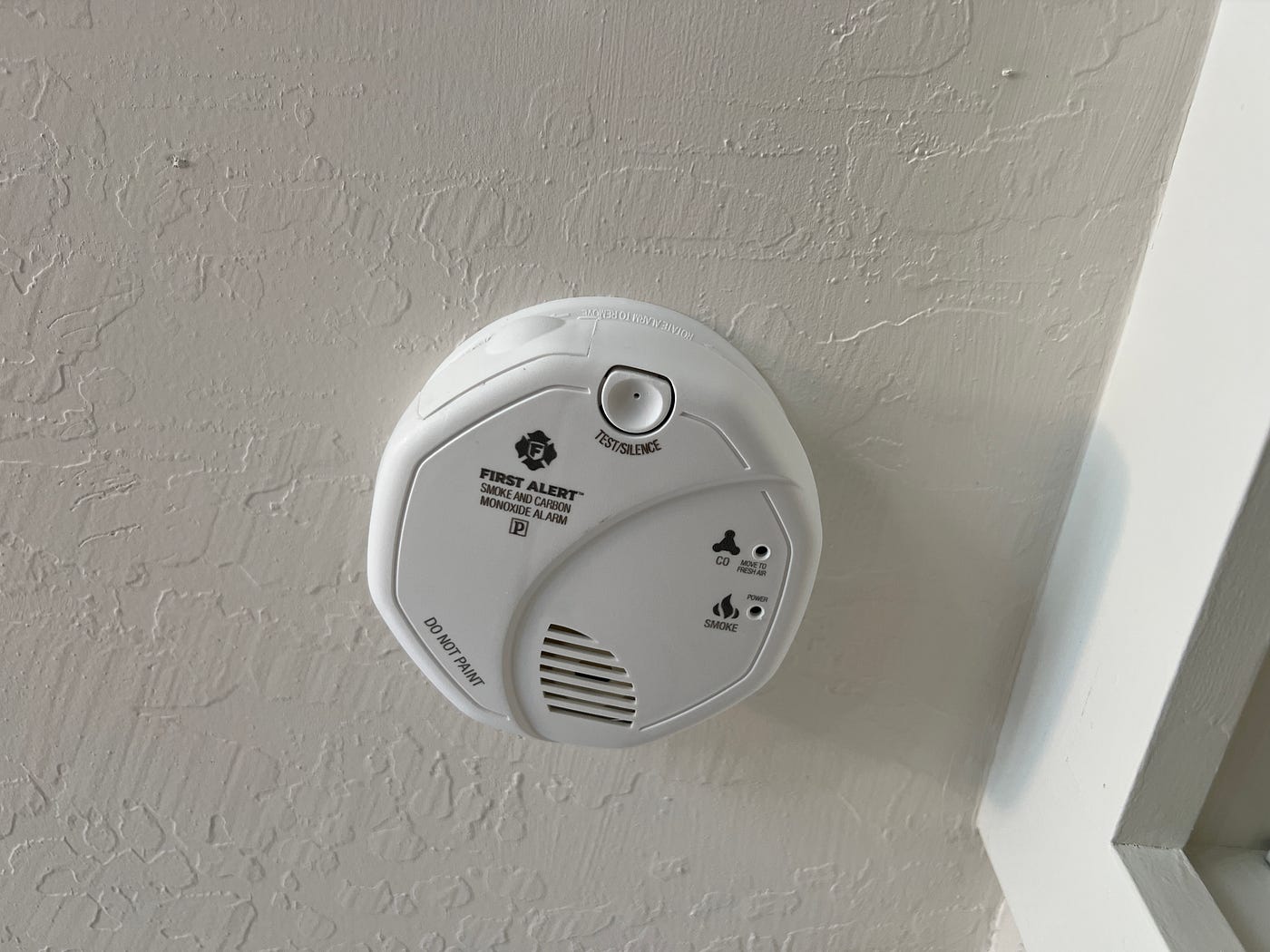
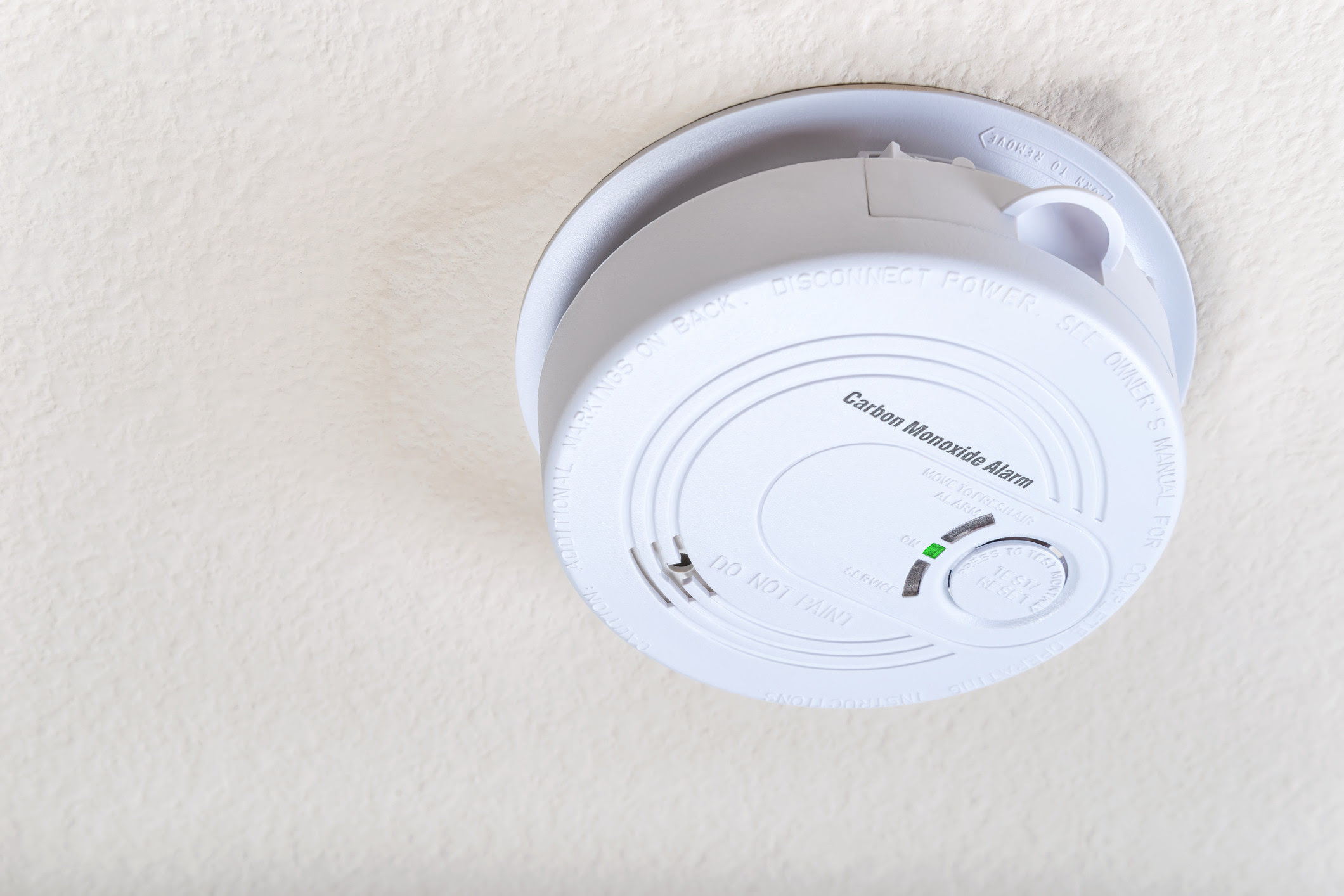
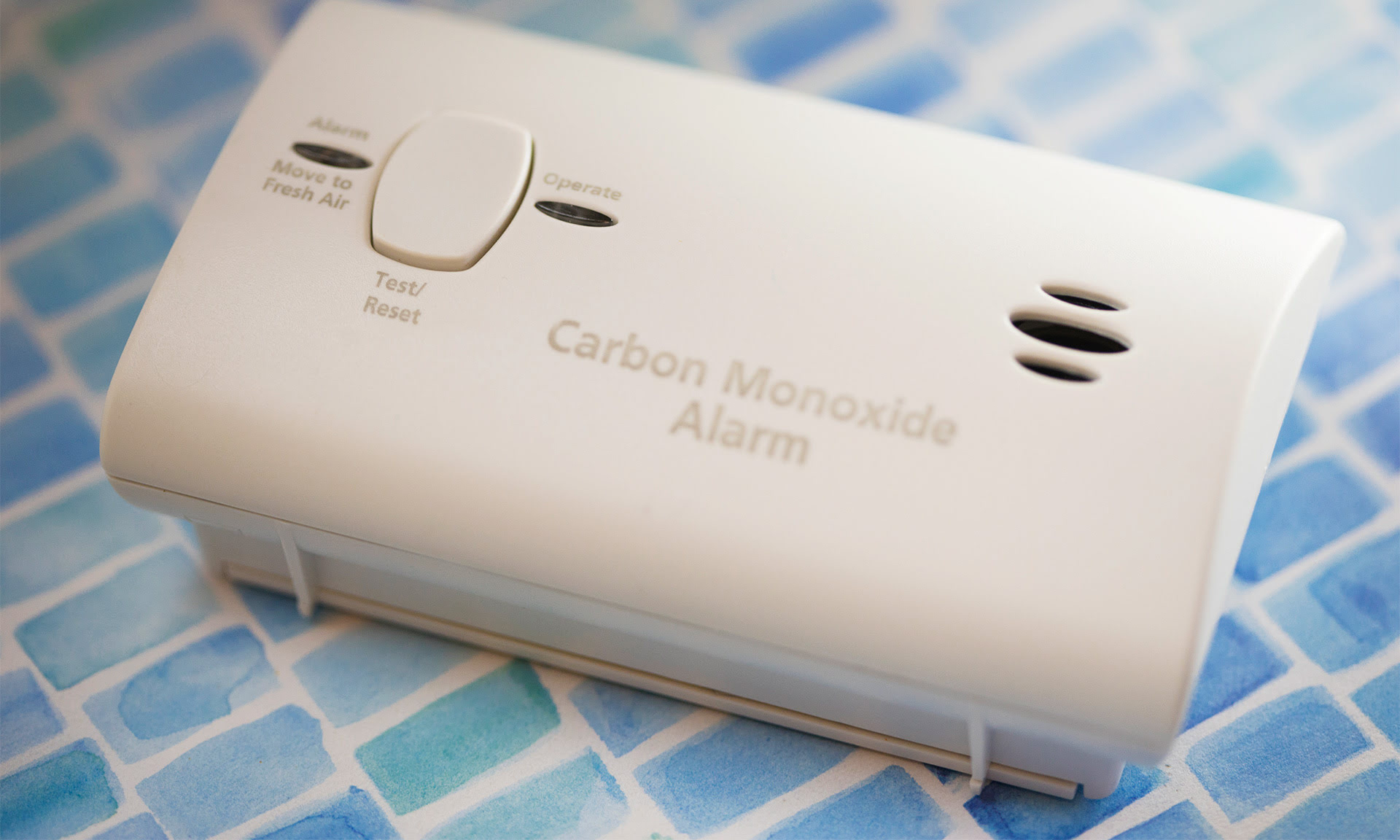
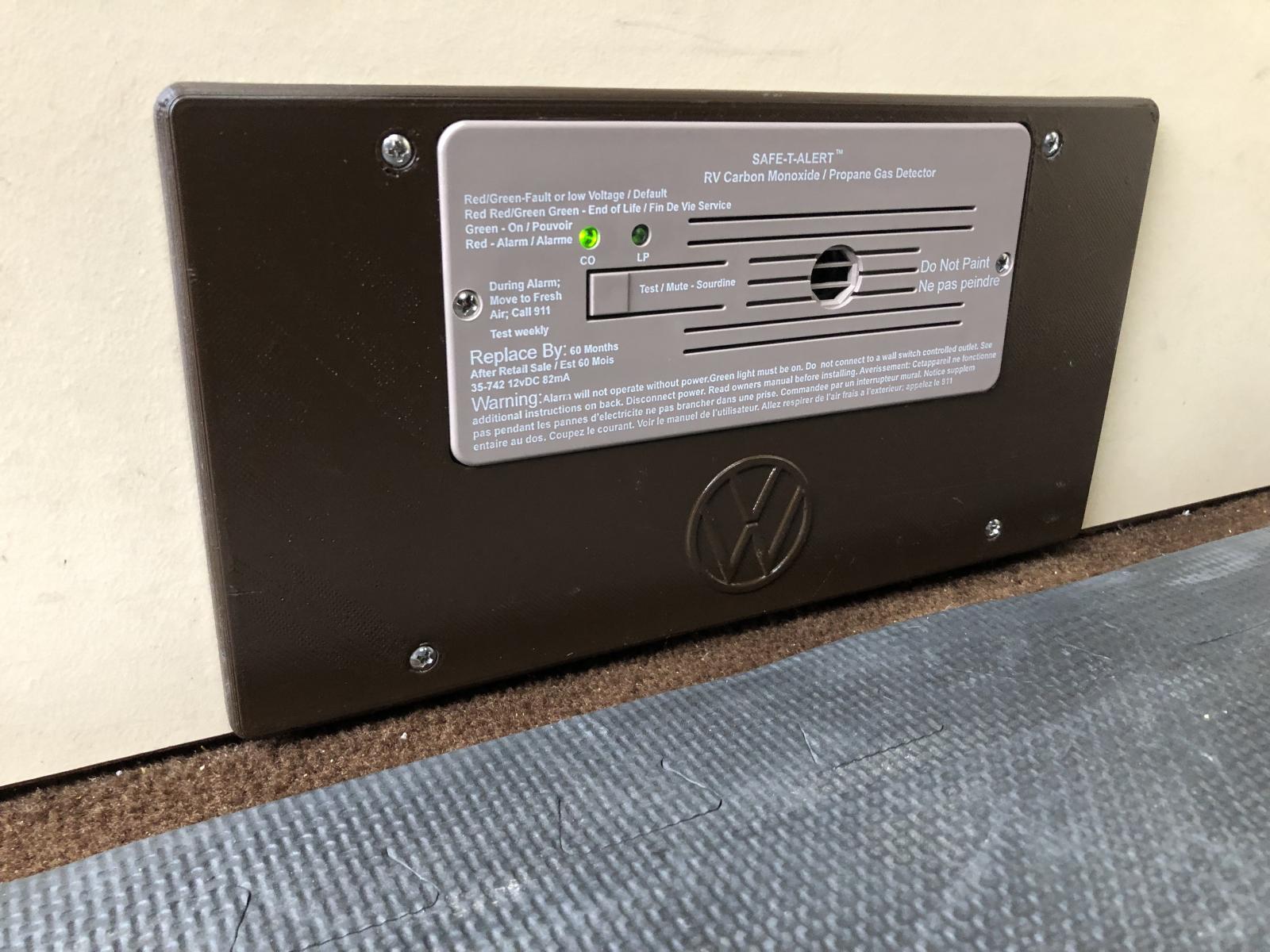
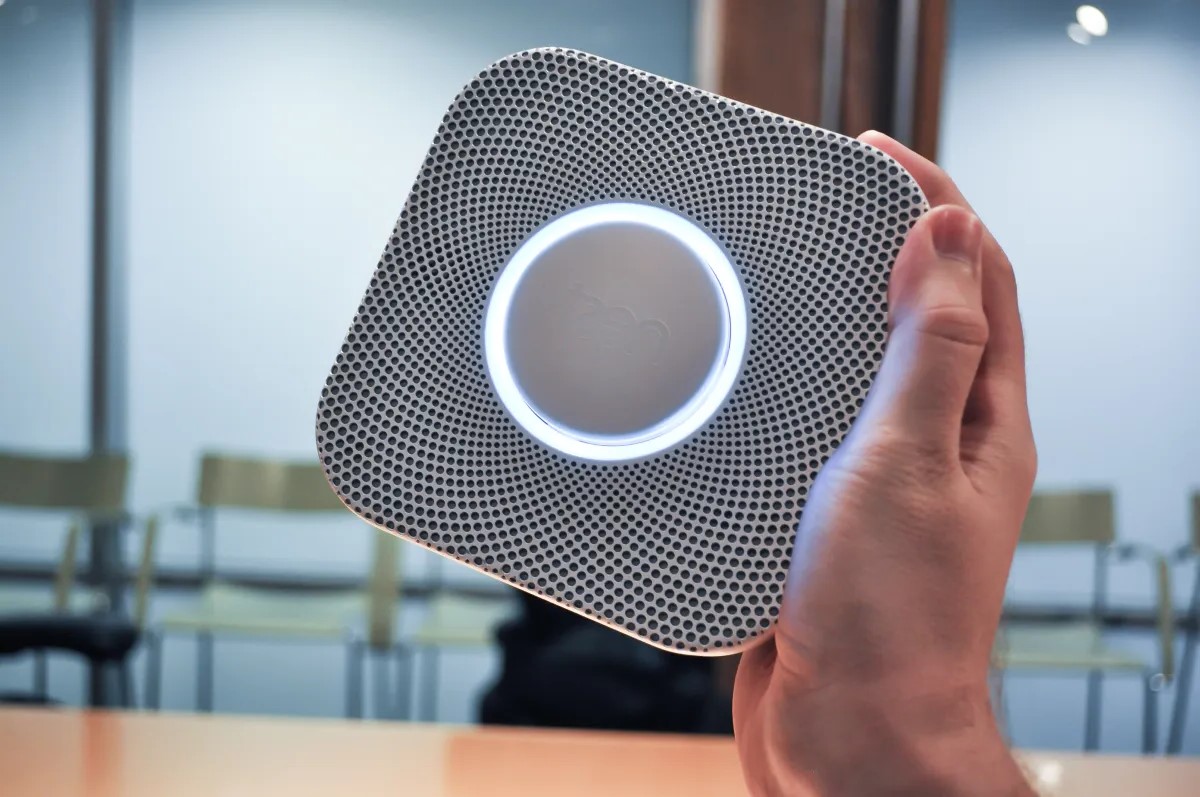
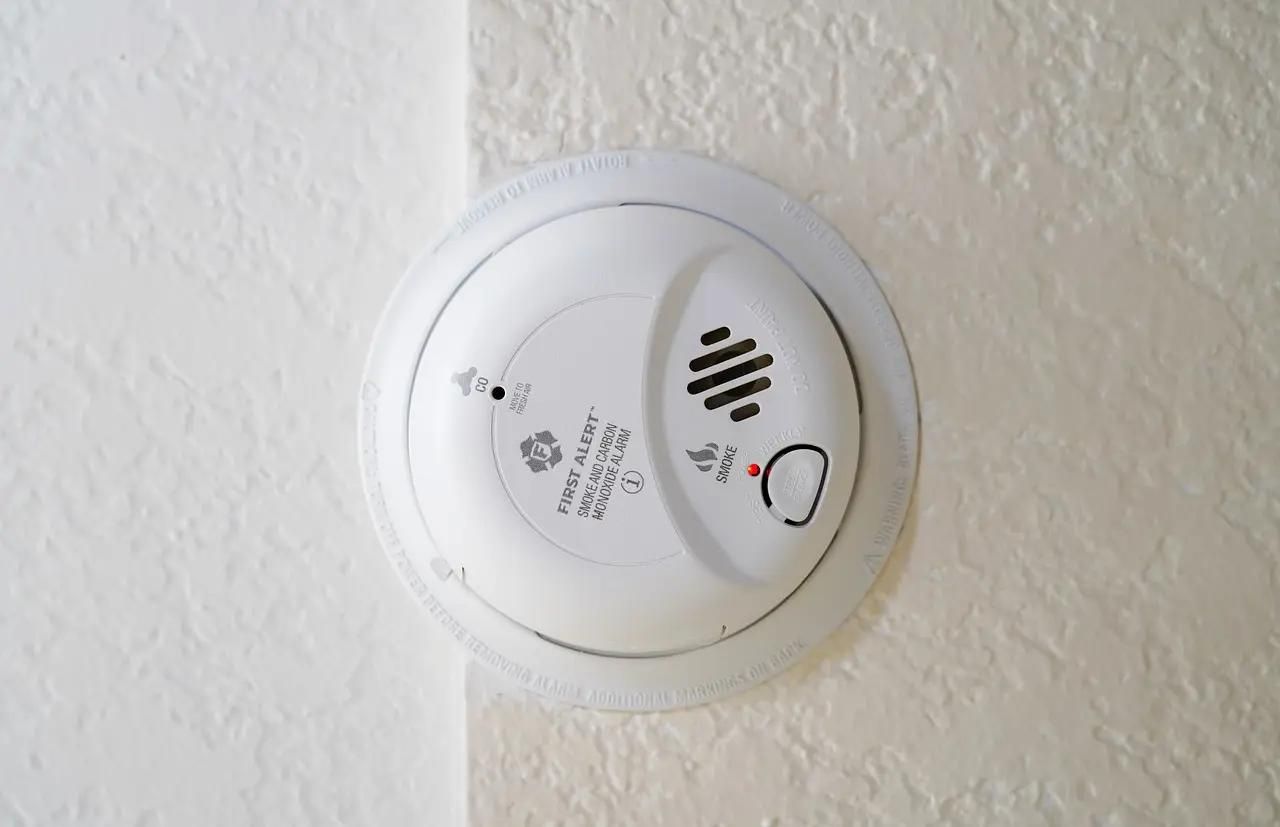
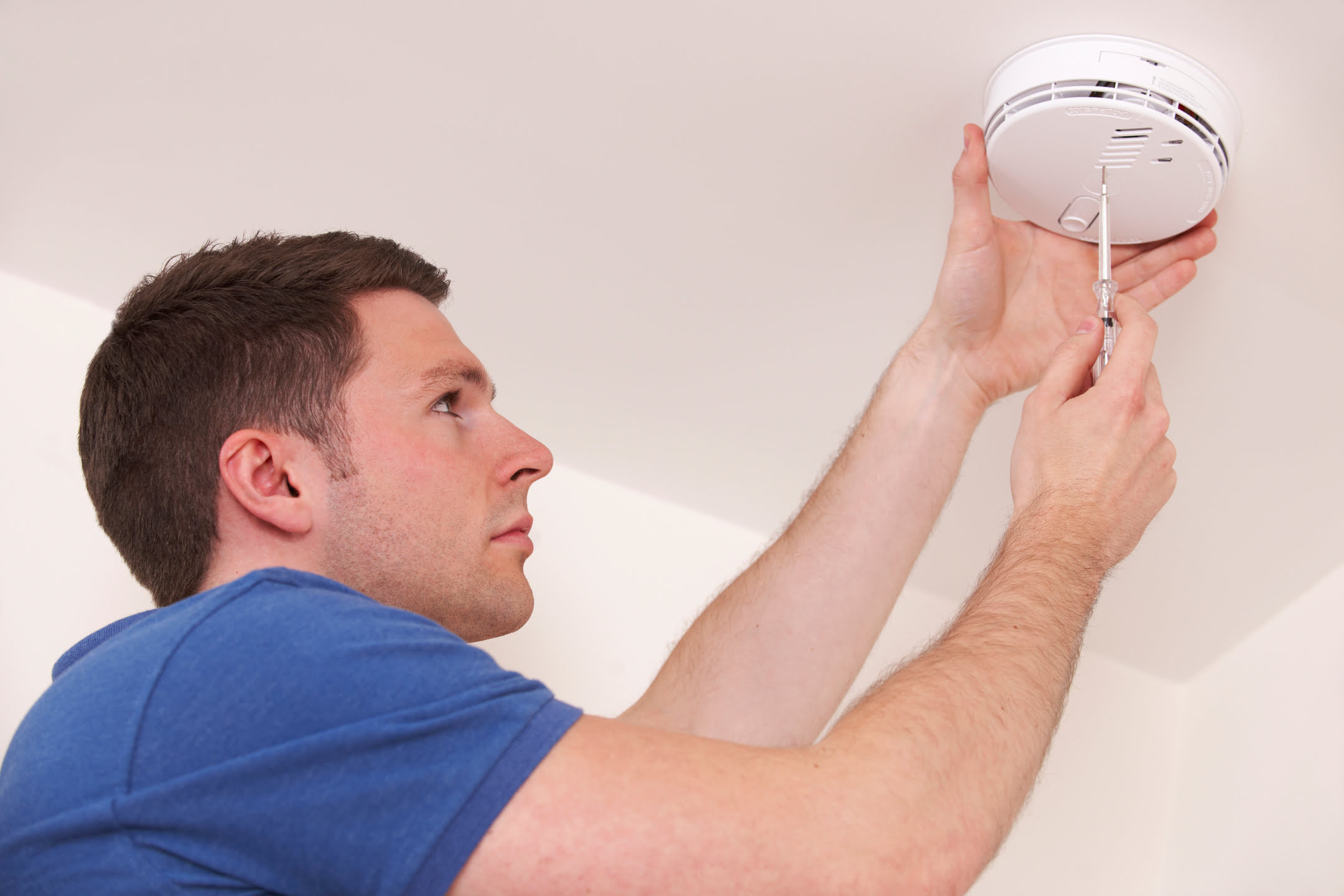
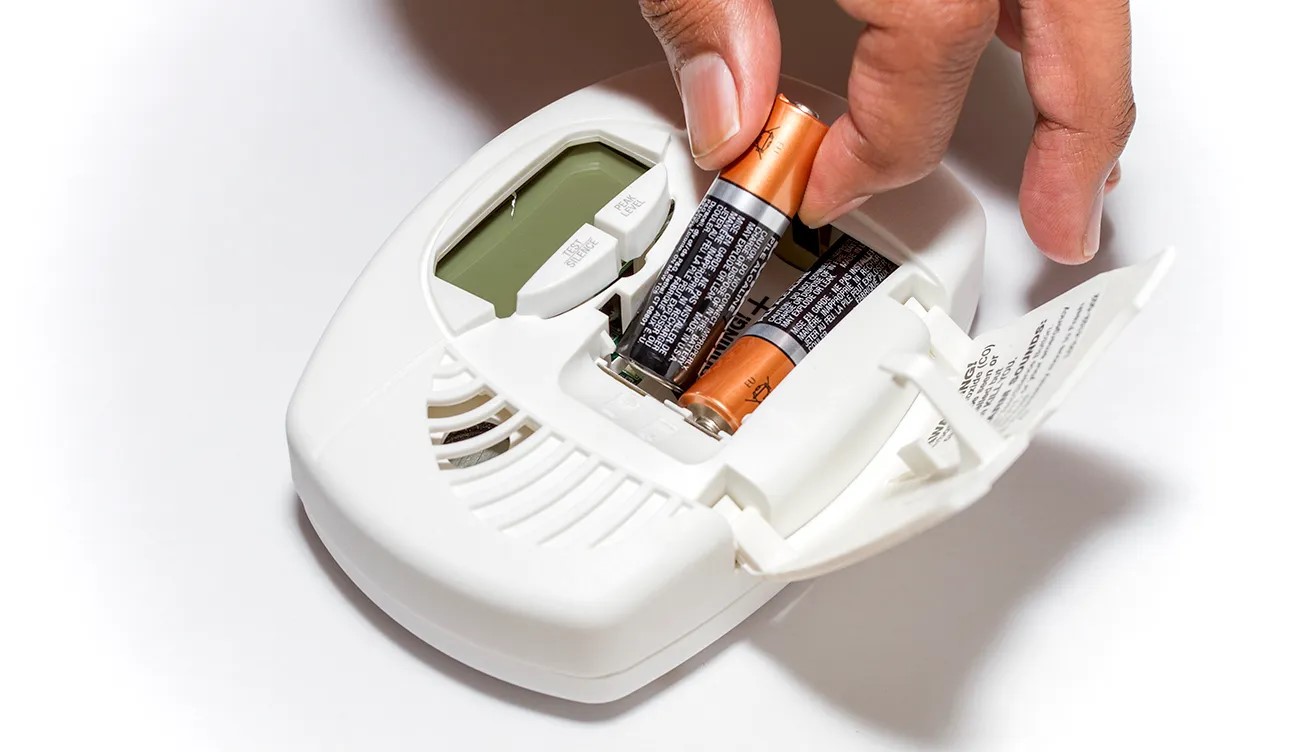
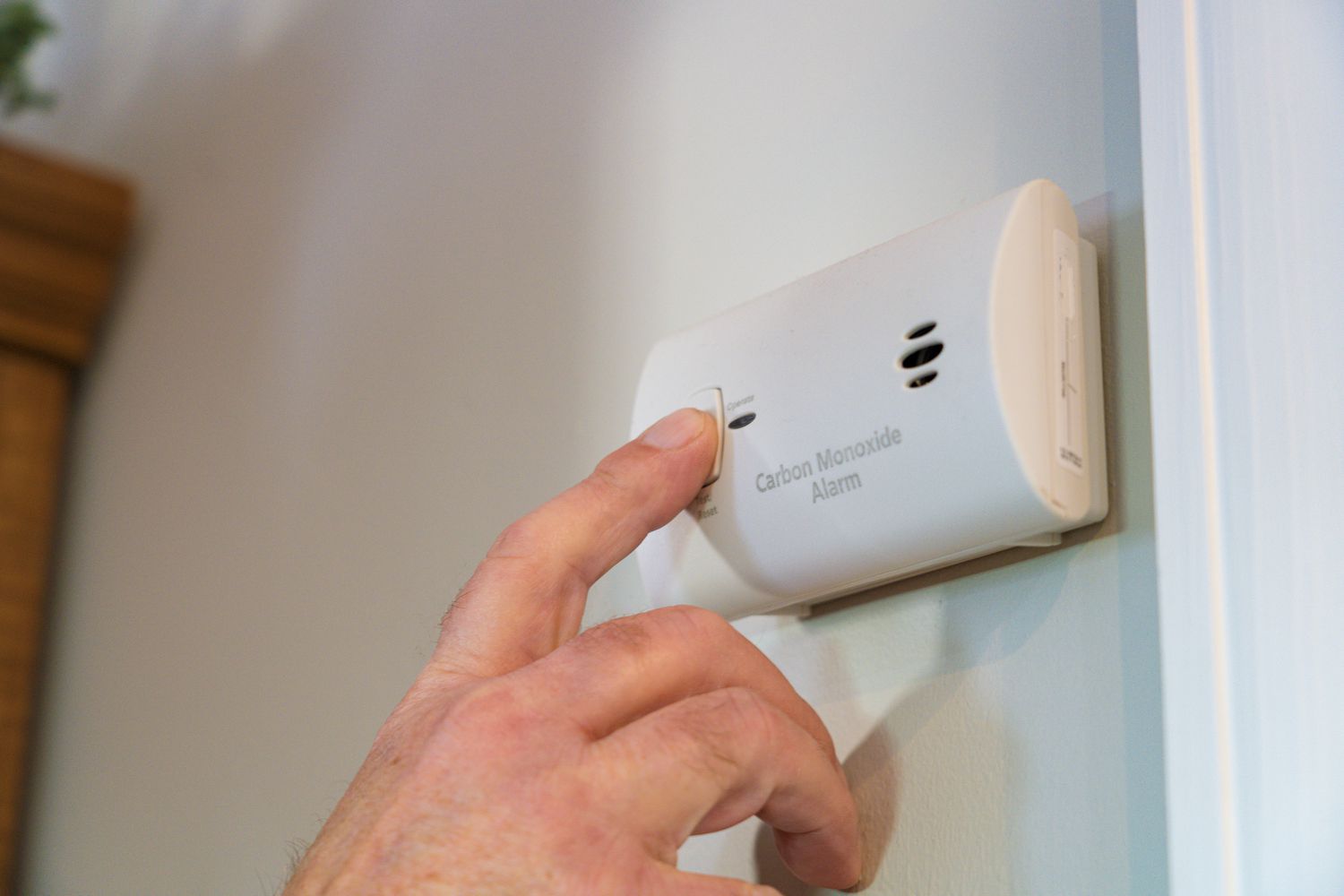
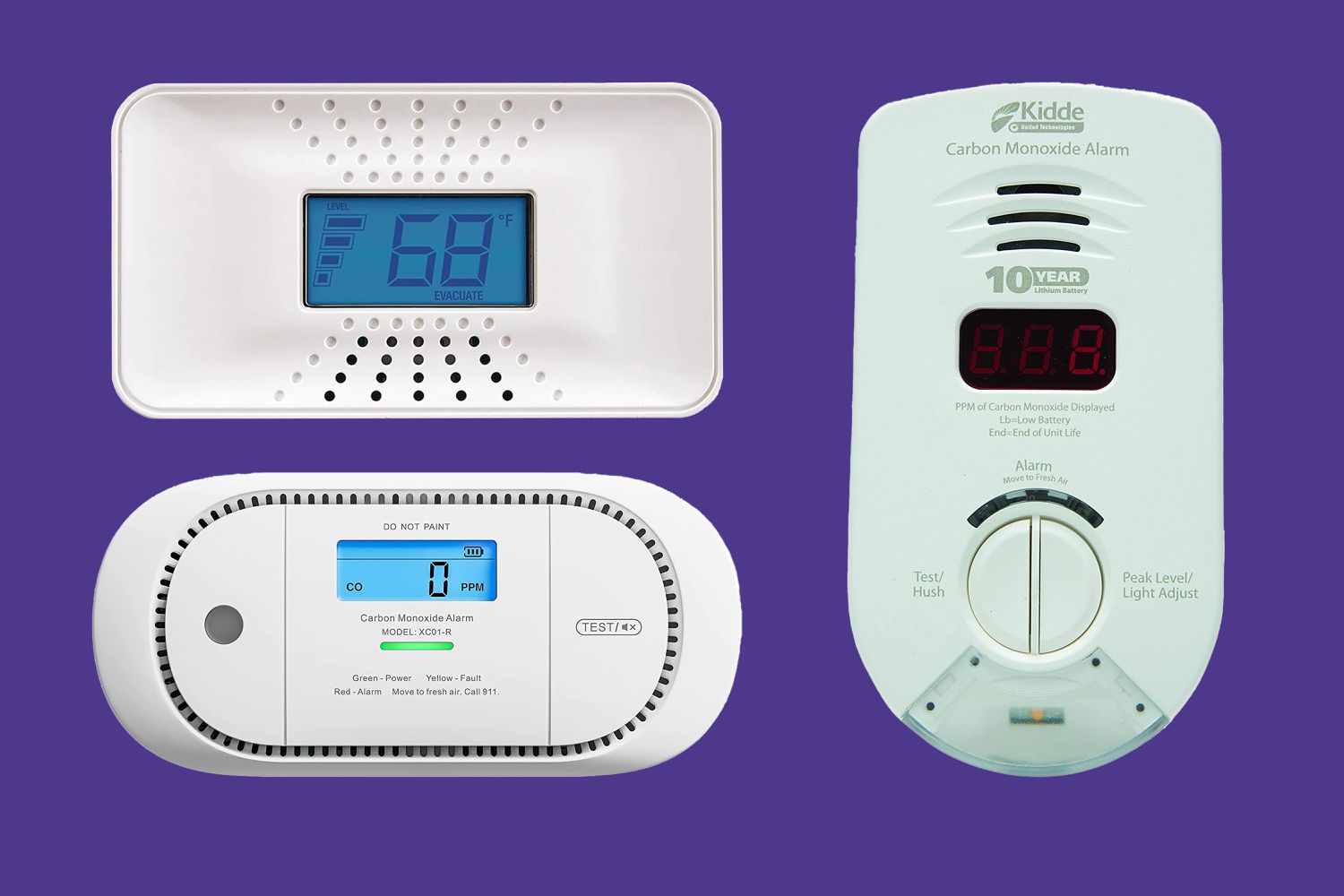
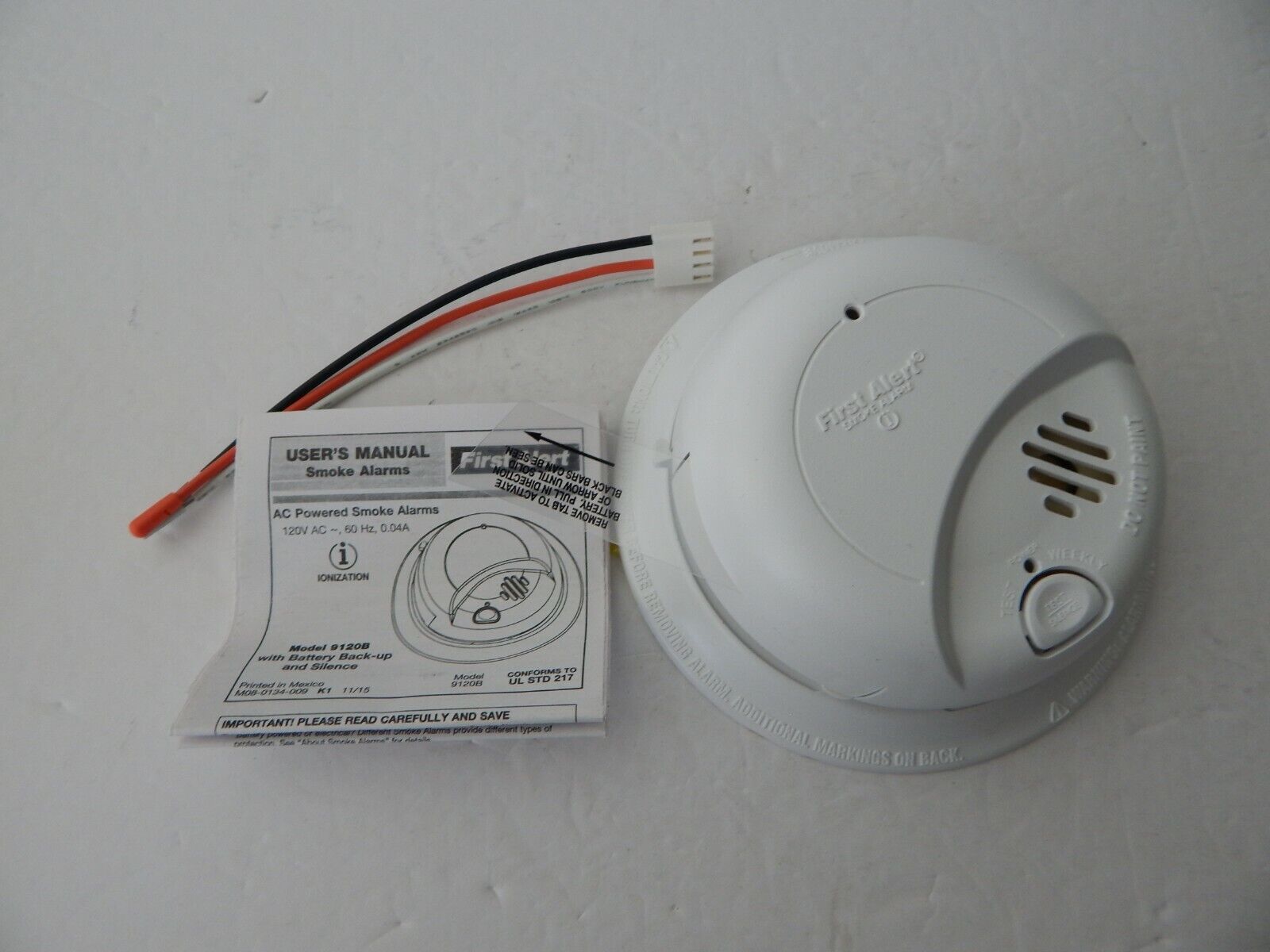
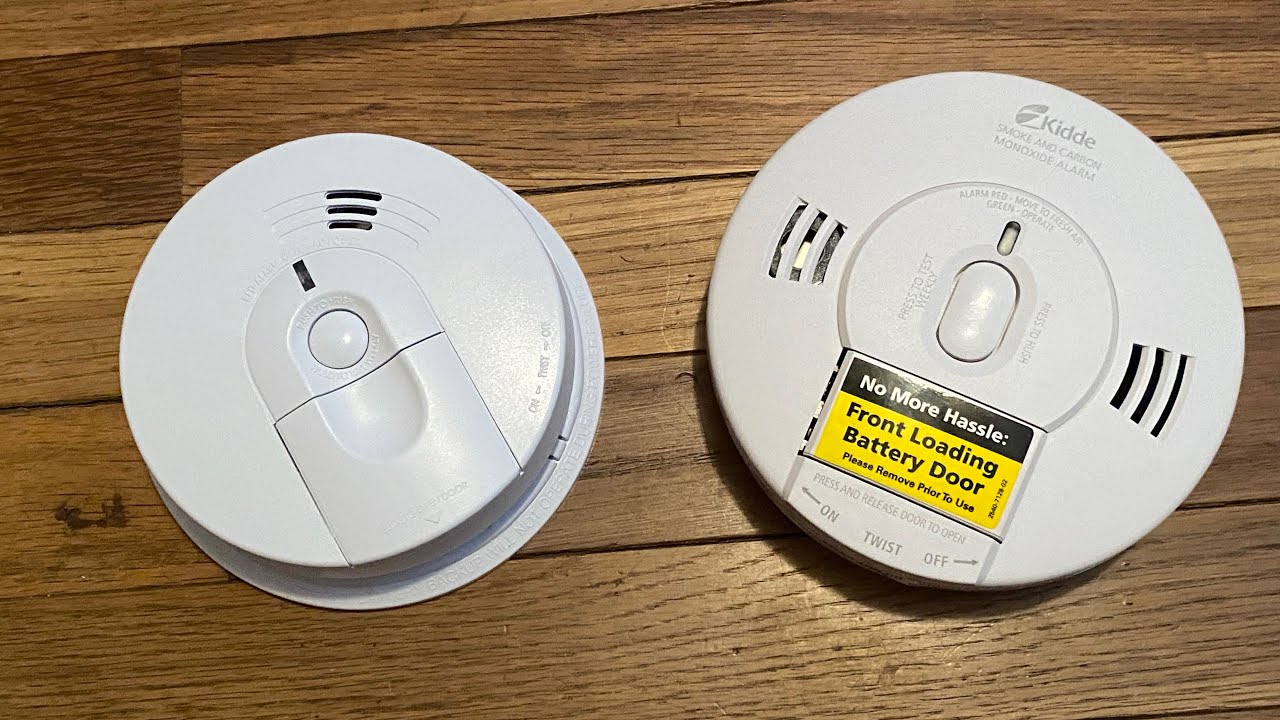
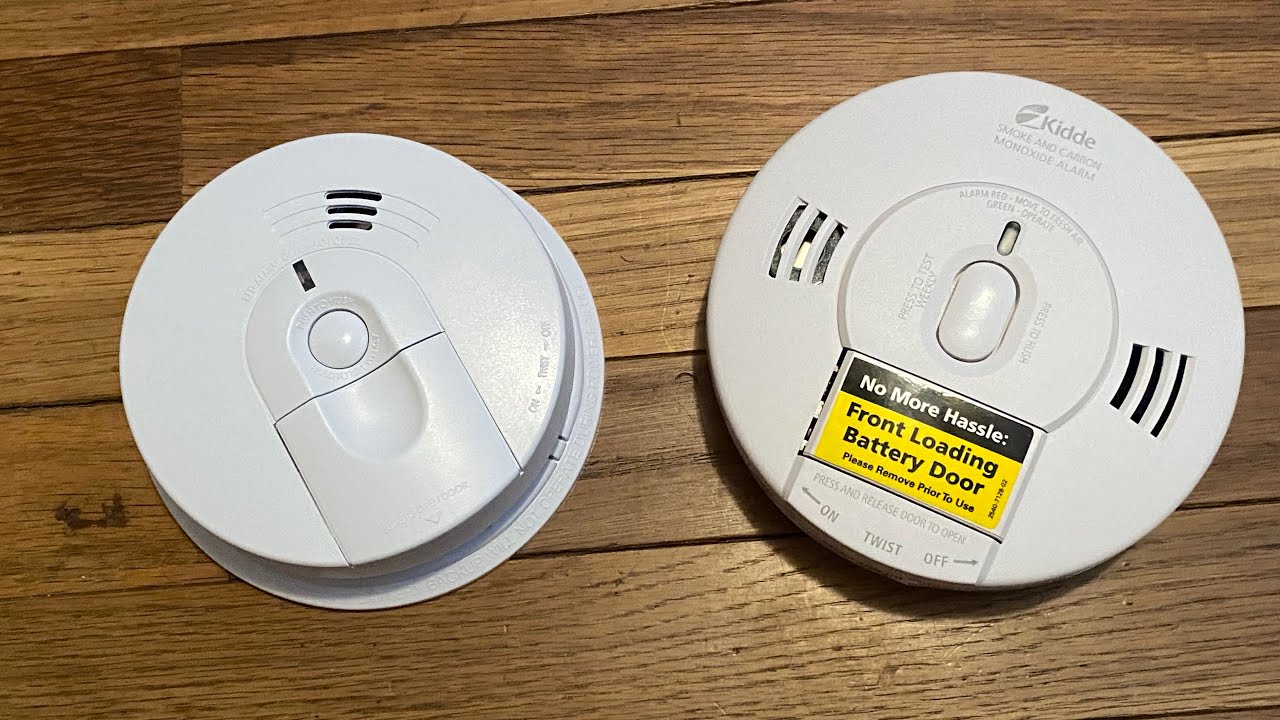
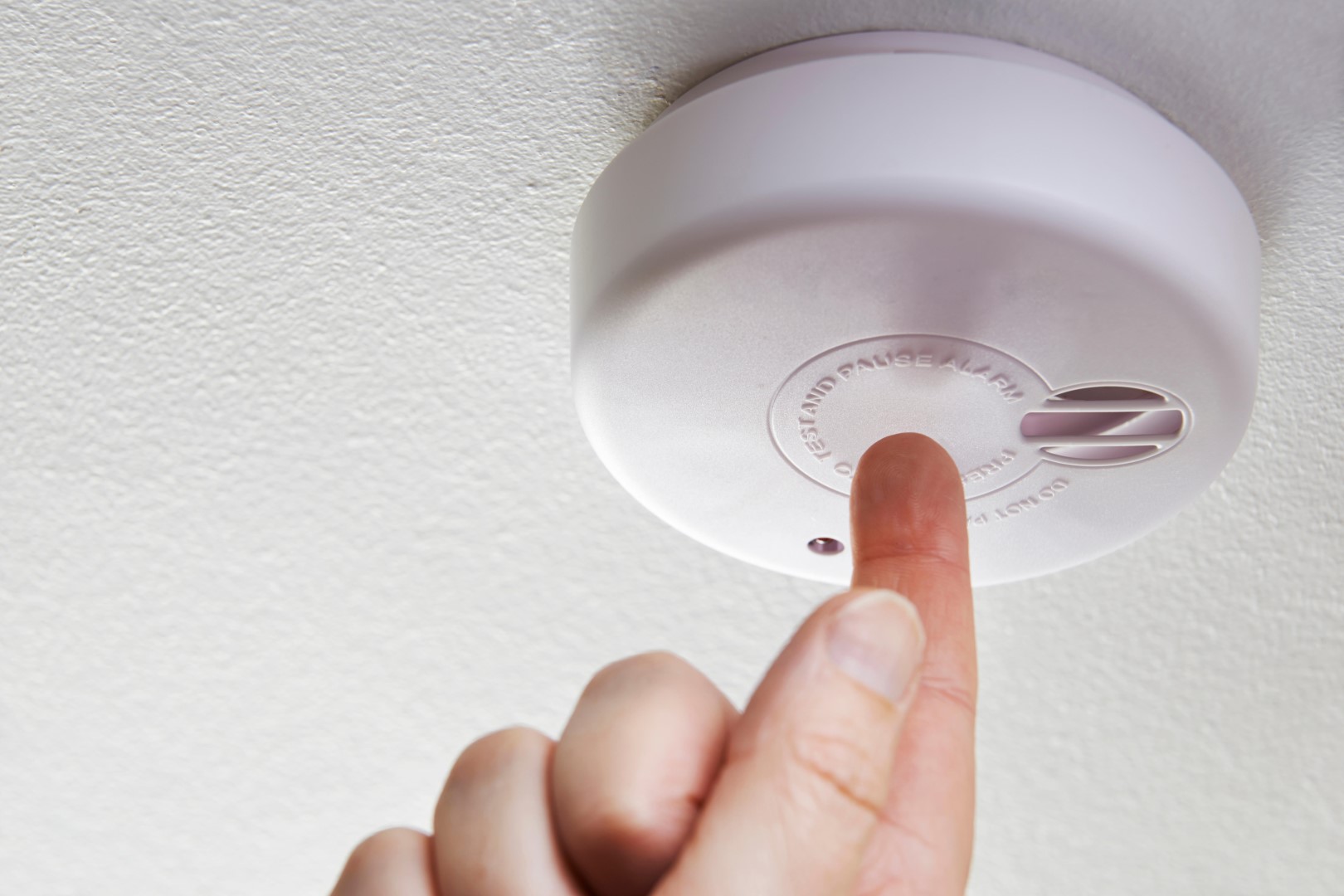

0 thoughts on “How To Tell If A First Alert Carbon Monoxide Detector Is Working”